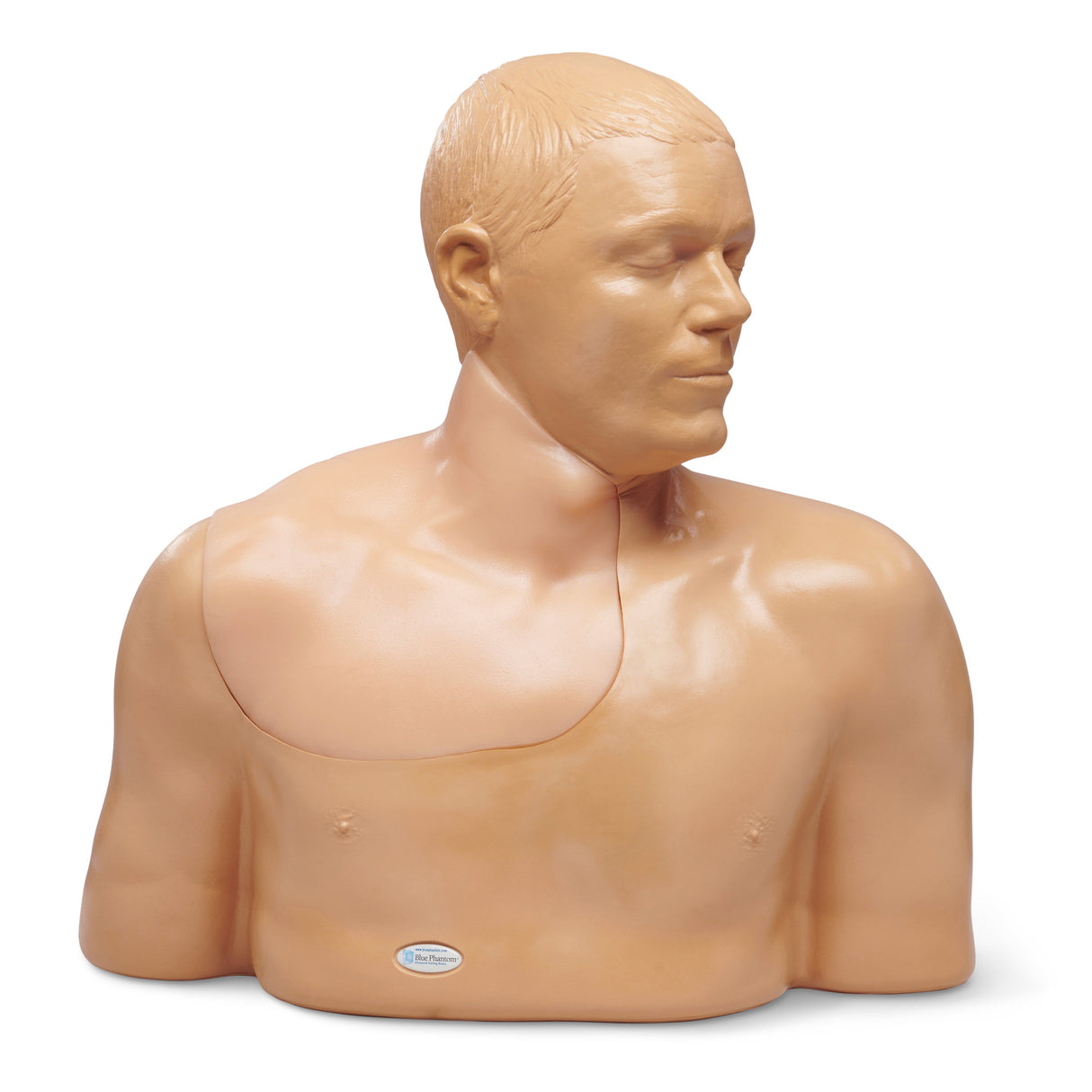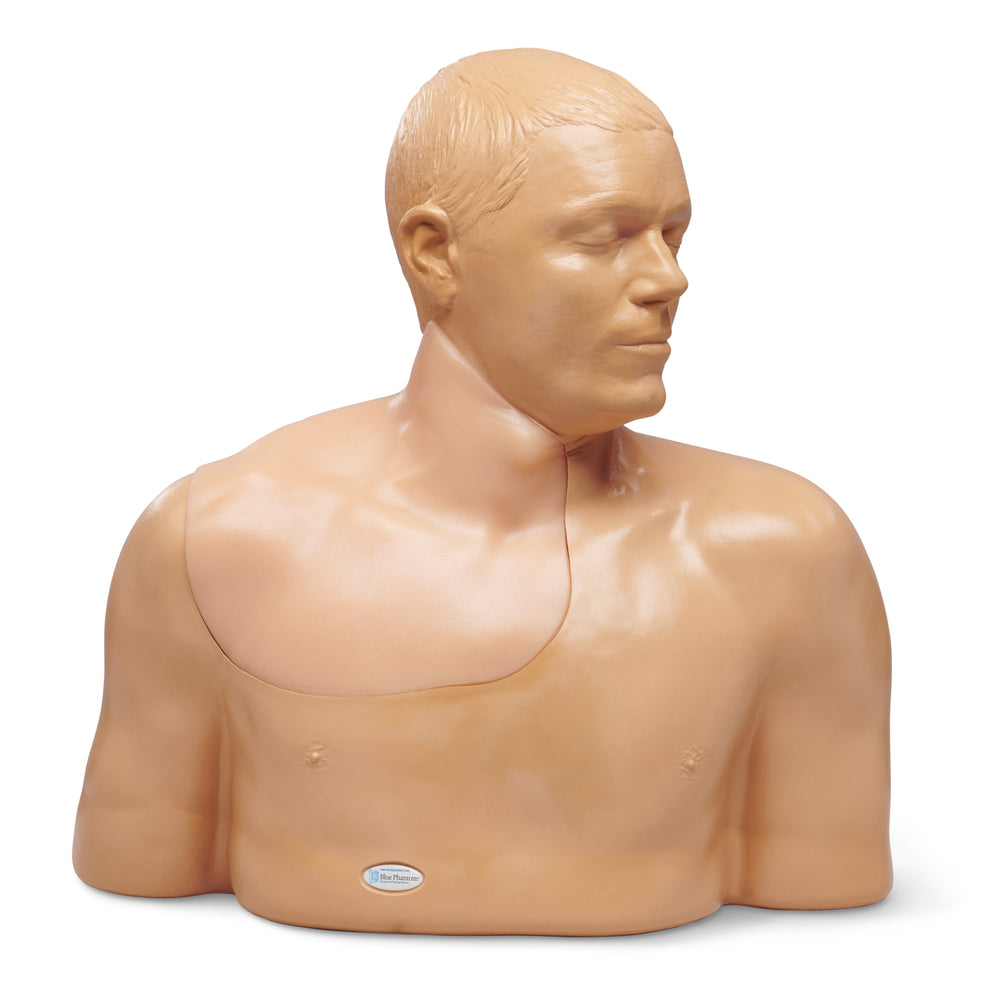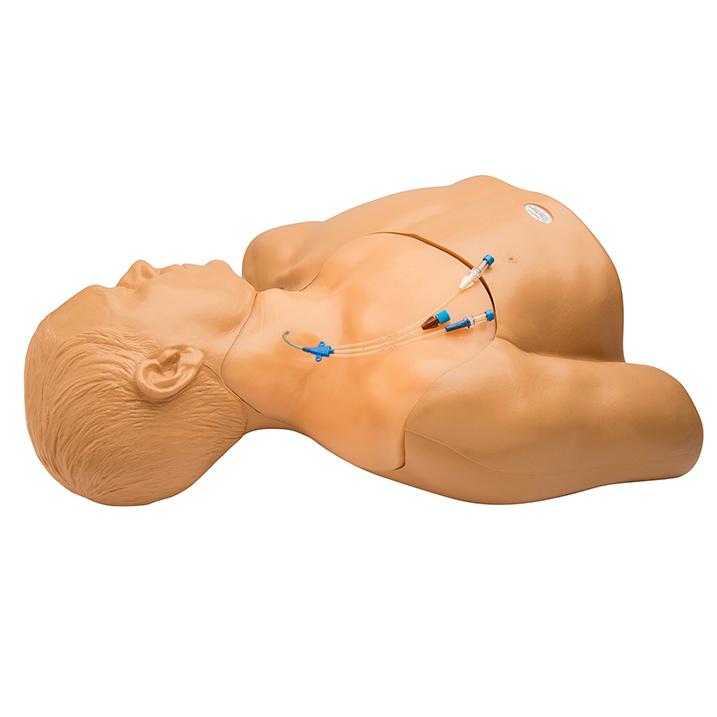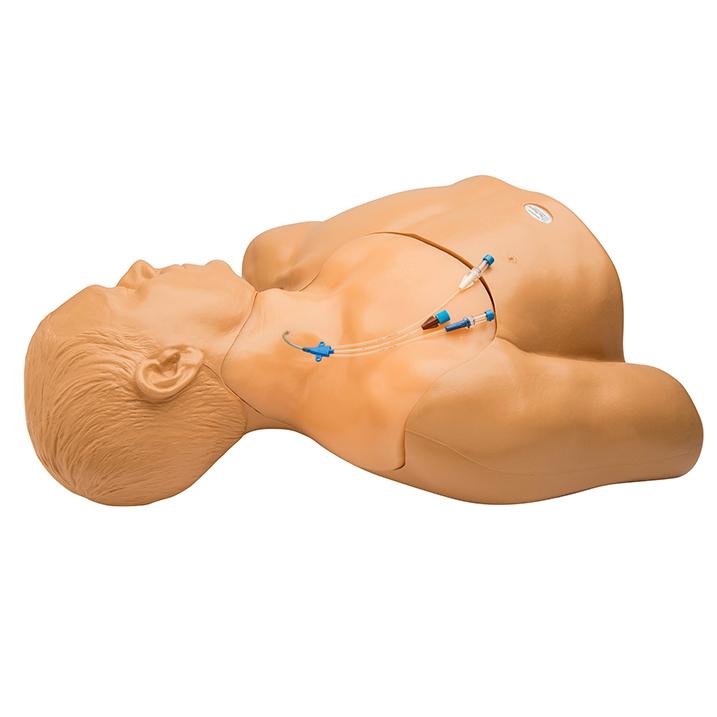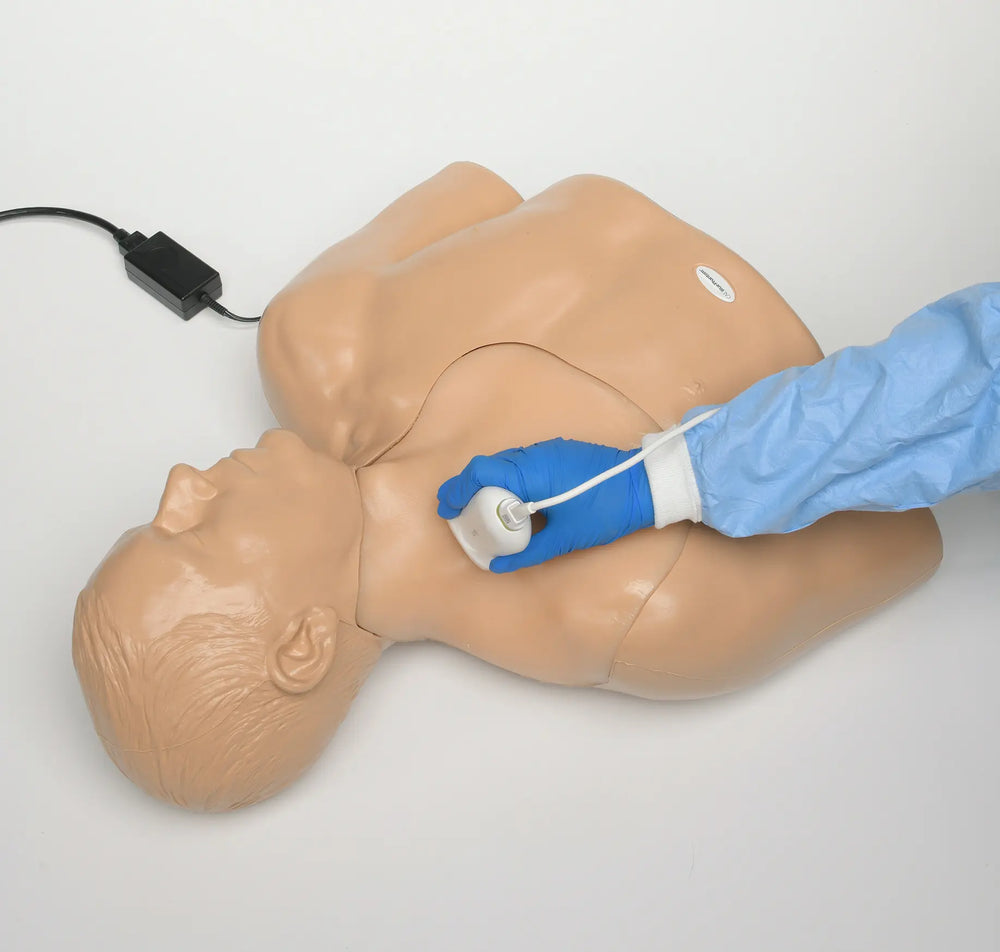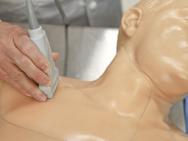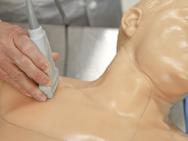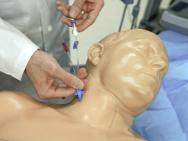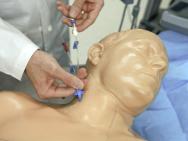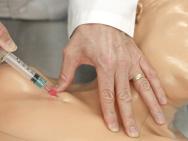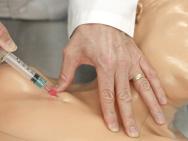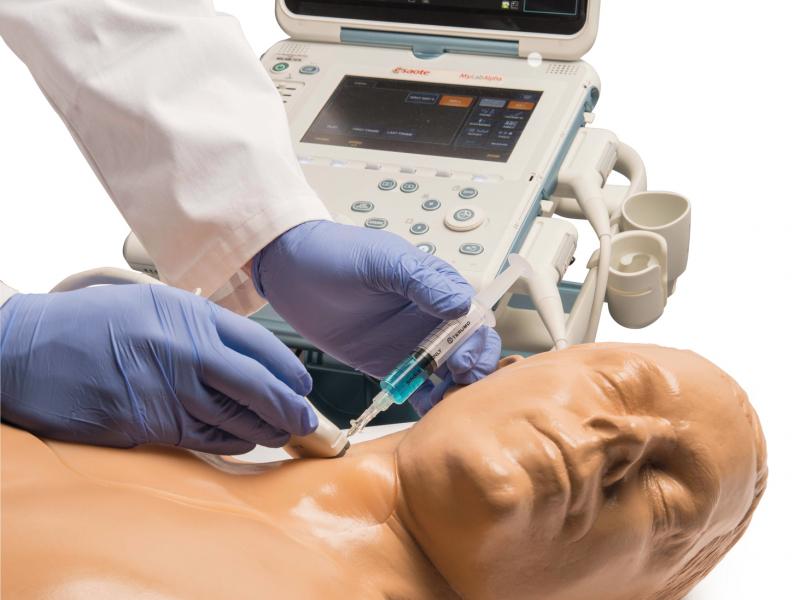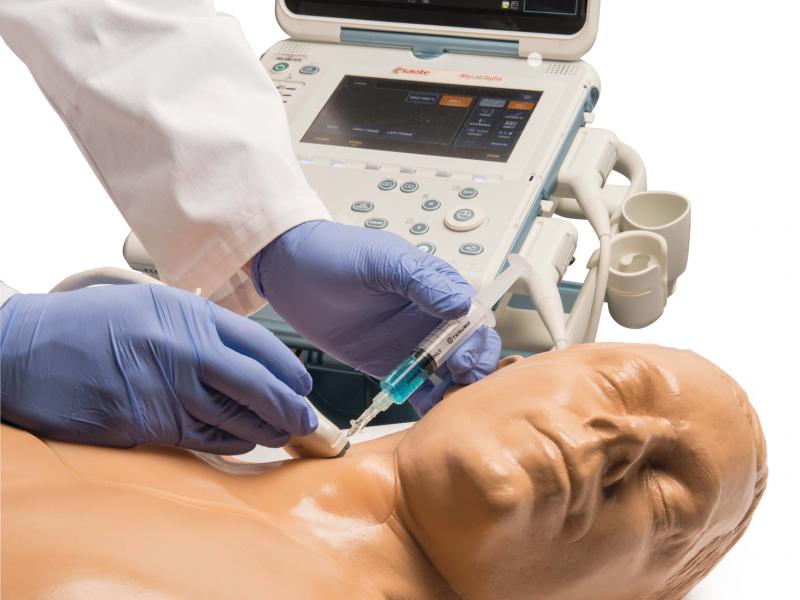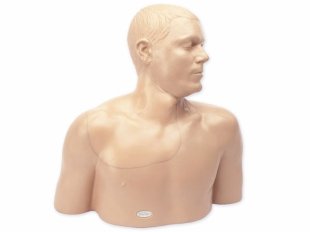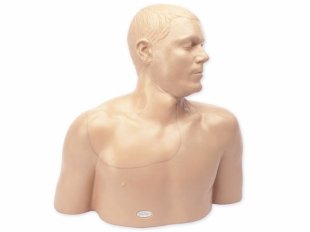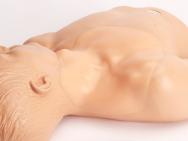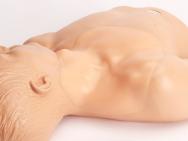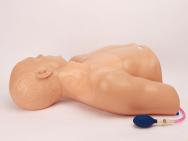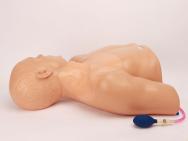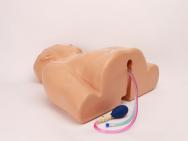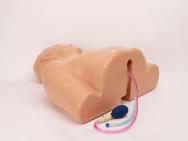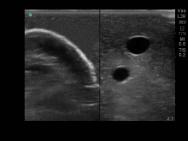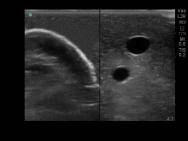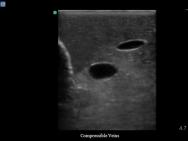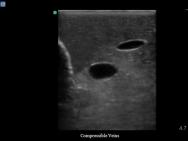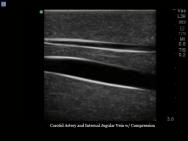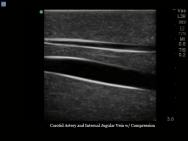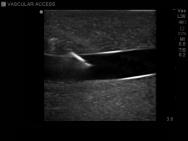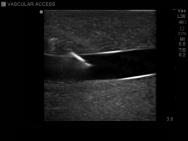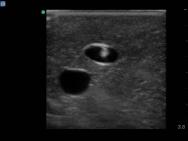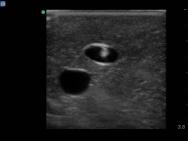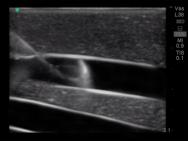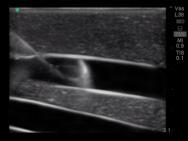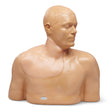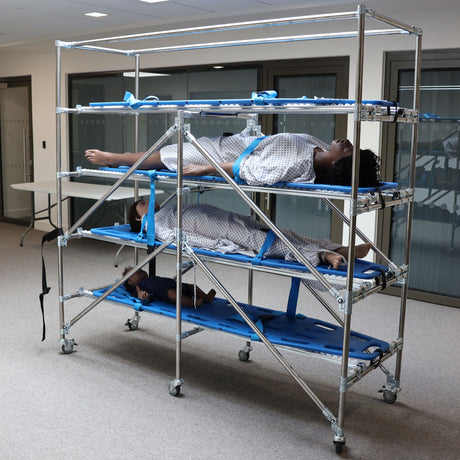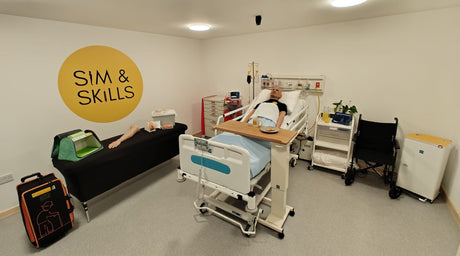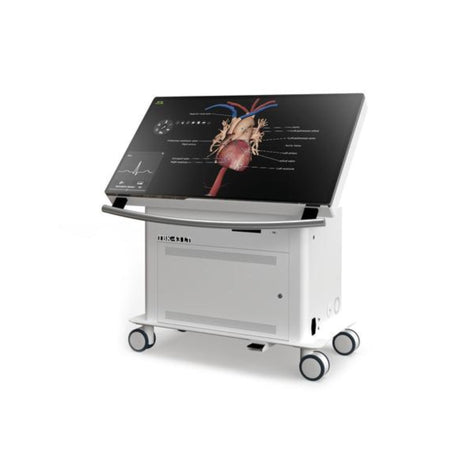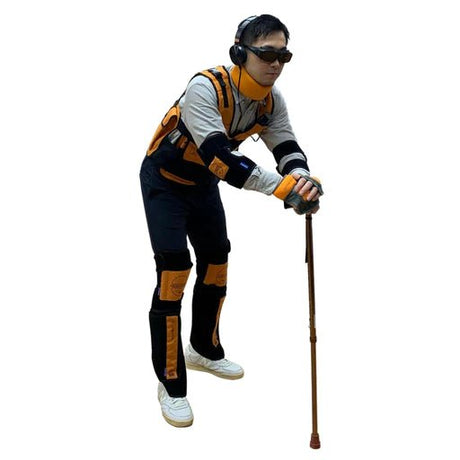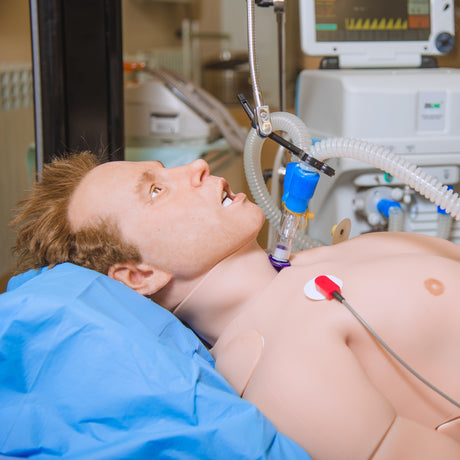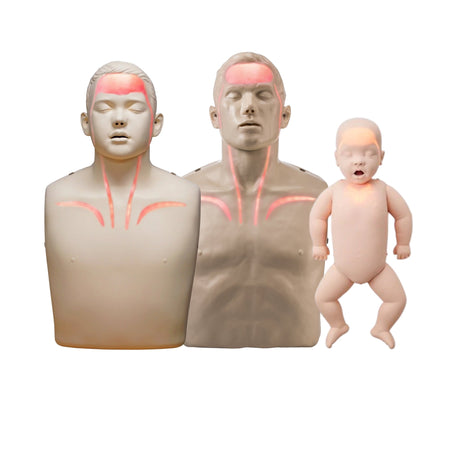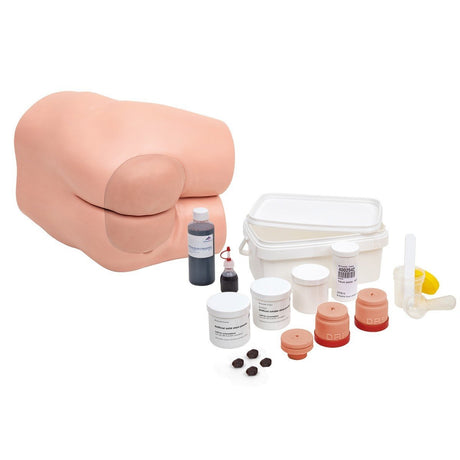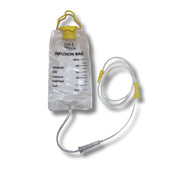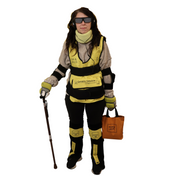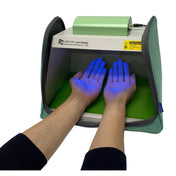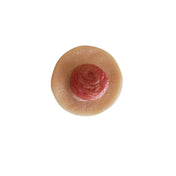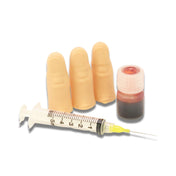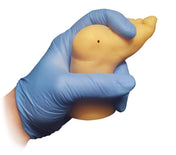Gen II Central Line Ultrasound Training Model
Safety & Quality
Safety & Quality
👉 This product is for training purposes only.
✅ This product is Latex-free.
✅ Sim & Skills is ISO 9001 certified.
✅ Available via NHS Supply Chain.
Delivery
Delivery
When will my order arrive?
Items listed as In Stock are usually delivered in 1-3 working days.
Due to global supply chain disruption, some products are taking longer to deliver. If your order is affected, we will inform you as soon as possible with an estimated lead time or an alternative product recommendation.
For urgent or high volume orders, please contact us before placing your order to check stock availability.
How much does delivery cost?
Tracked Delivery on website orders to a single Mainland Great Britain address is charged at £7.50 + VAT.
Tracked Delivery on purchase orders to a single Mainland Great Britain address is charged at £15.00 + VAT.
Shipping to Northern Ireland and British Forces is charged at £25.00 + VAT.
Palletised deliveries are charged at £85.00 + VAT per pallet.
Deliveries will be made to a Goods In area not a specific room/department.
International shipping is provided on a case-by-case basis, please contact us for a quote.
Returns
Returns
What is the returns policy?
Returns are acceptable within 28 days of delivery (by law you have 14 days to notify us and a further 14 days to complete the return), providing the item is in a resalable condition and in its undamaged original packaging.
Cancellations and Returns are free of charge for items up to 20 kg. Collection for items over 20 kg will be quoted on a case-by-case basis.
All returns must be pre-authorised prior to shipping. Unauthorised returns may be refused and additional carriage costs may be incurred.
Failure to return goods in a resalable condition may result in a restocking fee of £25.00 + VAT or 20% of the invoice value, whichever is greater.
Any goods returned for product defect or warranty issues will not incur a restocking fee, but must still have appropriate authorisation.
To start a return, email orders@simandskills.com.
If your return is accepted, we’ll send you a return shipping label and instructions on how and where to send your package. Items sent back to us without first requesting a return will not be accepted.
Description
Description
Gen II Central Line Model for Ultrasound Training
Constructed utilising the innovative LifeCast™ modelling approach, the external landmarks were cast from a live human while the internal anatomy is based on digital human files.
The gold standard ultrasound-guided central line trainer
This ultra-durable ultrasound simulator incorporates all of the anatomy required to teach, learn and practise the skills associated with central line placement and was designed for both ultrasound-guided and blind insertion procedural training.
The self-healing tissue withstands tremendous use, minimising the need for replacement parts. Blue Phantom’s new upper torso central venous catheter model offers clinicians the most life-like training environment at a low cost of ownership.
Perform complete central line placements of the internal jugular and subclavian vein - including needles, guidewires, dilation and threading of catheters.
Blue Phantom’s patented SimulexUS™ simulated tissue matches the acoustic properties of human tissue which allows the most realistic image quality with any ultrasound system.
Use your ultrasound scanner without having to adjust the ultrasound system controls unrealistically. Each training model is designed to offer users of all levels superior realism, reliability and durability. Teach, practise and learn central line placement repeatedly without the need to worry about cost per use.
This next-generation ultrasound simulator contains vascular anatomy including the internal jugular vein (IJ), brachiocephalic vein, subclavian vein, axillary vein, carotid artery, subclavian artery and axillary artery.
Multiple points of access include internal jugular (IJ), subclavian, infraclavicular and supraclavicular approach as well as access via the axillary vein. The simulated superior vena cava, right atrium and right ventricle offer users the ability to fully thread guidewires, dilators and catheters without resistance.
This adult male upper torso central line mannequin also includes internal landmarks such as the trachea, suprasternal notch, manubrium and clavicle. Clinicians can utilise traditional external landmarks for blind central line placement or use ultrasound to guide the central venous access procedure.
Choose between a hand-operated or automatic pump.
Arterial pulsation can be simulated via the manual hand bulb or optional automated pump that allows users to differentiate between arteries and veins. Clinicians can visualise the pulsatility of the arteries via ultrasound for positive identification of the targeted vessel.
The central line manikin features compressible veins using mild pressure while the arteries remain uncompressed. The venous system is prefilled with blue fluid and the arterial system is prefilled with red fluid.
Positive fluid flow in the vessels provides users with immediate feedback when the vessels are accessed. Users can positively identify the targeted vessels and receive immediate feedback as to successful or unsuccessful vascular access.
Venous and arterial fluid removed during central venous catheter procedures can be easily refilled by using the provided QuickFill™ ports or and I.V. bag to continually refill the vessels during training.
Next-generation upper torso ultrasound central line manikin
- Extremely realistic external landmarks and internal anatomy for ultrasound-guided or blind insertion technique.
- Optimise your training with superb image quality; simulated tissue matches the acoustic properties of real human tissue.
- Use with any ultrasound system and experience the same quality you expect from imaging patients in a clinical environment.
- Self-healing tissue offers users tremendous durability – minimizing the need for replacement parts and providing a low cost of ownership.
- Superior realism, reliability and durability.
- Anatomically correct; constructed from a digital human file.
- Venous anatomy includes internal jugular vein (IJ), brachiocephalic vein, subclavian vein and axillary vein.
- Arterial anatomy includes carotid artery, subclavian artery and axillary artery.
- Simulated superior vena cava, right atrium and right ventricle offer users the ability to fully thread guidewires and catheters without resistance.
- Additional internal landmarks include the trachea, manubrium and clavicle.
- Veins are compressible using mild pressure while the arteries remain uncompressed.
- Arterial pulsations are simulated using a provided hand bulb or an optional integrated automated pumping system.
- Positive fluid flow in the vessels; model is prefilled with red fluid in the arteries and blue fluid in the veins.
- Easy to refill vessels with ultrasound refill solution using QuickFill™ ports.
- Excellent imaging quality using any ultrasound system.
- Includes 2 bottles of simulated blood refill solution; one red (arterial), one blue (venous). 235mls bottles.
- Add optional Soft Storage Case for light transport and storage.
- Made in USA
- Product Weight: 28lbs (12.7kg)
- Product Dimensions: 21.5” x 22.5” x 9” (W x H x D) – (55cm x 57cm x 23cm)
Specifications
Specifications
-
Product Dimensions55 cm, 57 cm, 23 cm
-
Weight
-
Manufacturer's Warranty1 Year
Reviews (0)
Reviews (0)
Payment & Security
Secure payment methods
Your payment information is processed securely. We do not store or have access to your credit card details.
Purchase Orders
We accept purchase orders from public and government authorities including the NHS and Universities subject to our terms of business.
Click Add to Quote to easily build your quote ➡️

